Review: Specialized Fuse Expert 29
Originally posted on October 16, 2019 at 0:11 amTake what you know about a hardtail mountain bike and toss those opinions in the trash; the new Specialized Fuse for 2020 is an entirely new animal, and it’s ready to party. This aggressive hardtail is sporting a slack 66.5-degree head angle, minimal branding, and adjustable dropouts for those that refuse to let singlespeed life fade away into the abyss.
THE BIKE
The Specialized Fuse is available as a frame-only option for $800, which includes a headset, seat clamp, and 30.9 seatpost shim. Complete builds start at $1,250 for the 27.5-inch model with fixed dropouts and the less expensive A1 aluminum frame and go up to $2,150 for the 29-inch models with sliding dropouts and the company’s premium M4 aluminum frame.
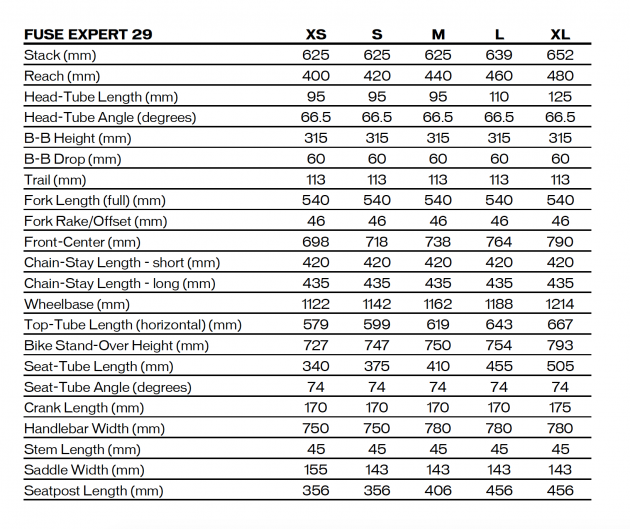
Frame sizes medium to extra-large have two bottle mounts inside the triangle where the extra-small and small have a single cage inside the triangle and three-pack mounts on the underside of the downtube. On our size large frame, the seat tube bottle will need a side-load cage, and it’s going to be a tight fit for both medium and large-sized frames.
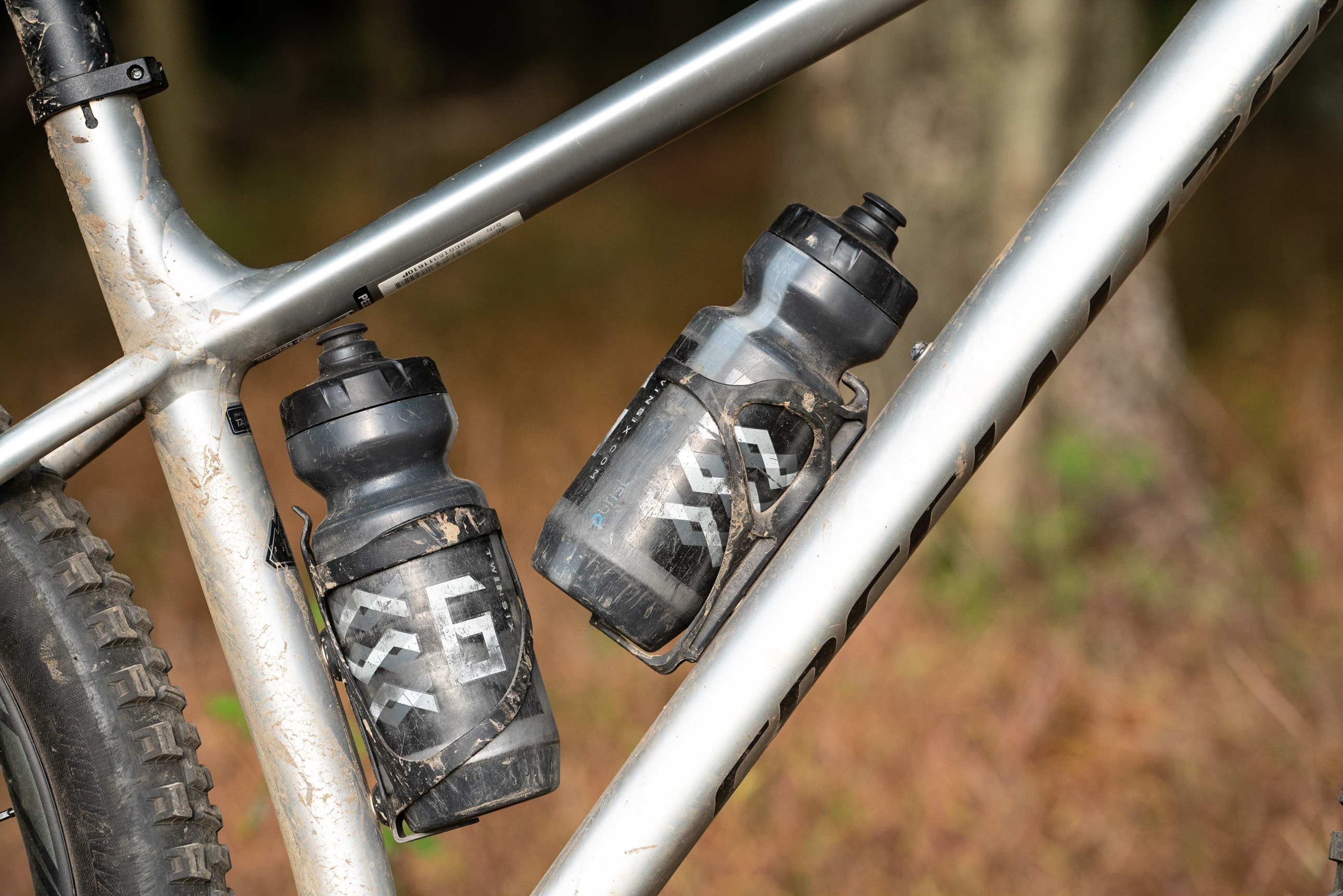
The M4 aluminum frame on our Expert 29 model is sleek with its raw brushed-aluminum finish, clean welds, nicely executed internal cable routing and rear-rack mounts. It seems a bit strange that a rowdy AF hardtail would have rear-rack mounts, but Josh Mercado, product manager at Specialized, mentioned: “this is the company’s go-to bikepacking model so keeping the rack compatibility was important.”
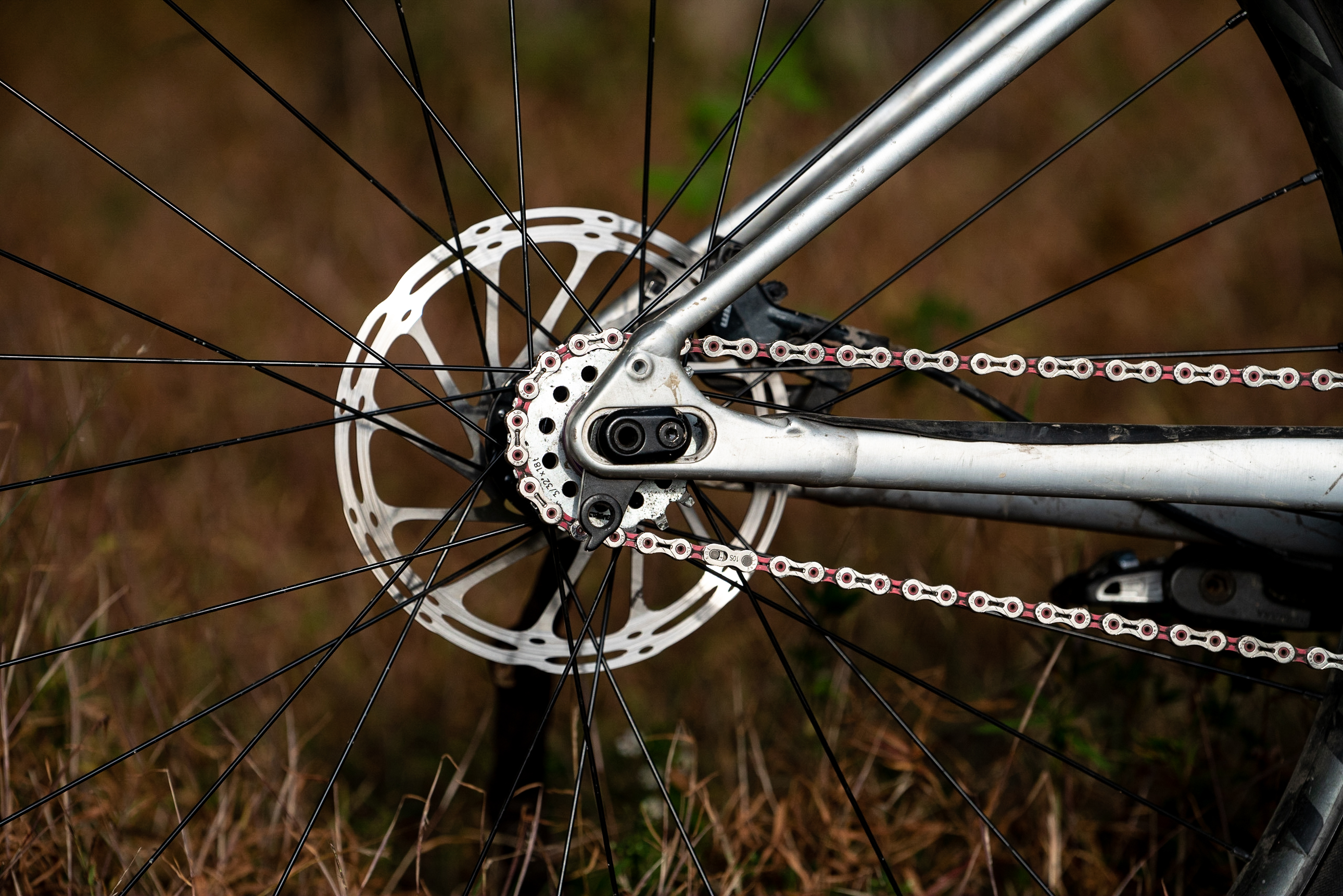
Similar to other hardtails with a short rear-end and big tires, the drive-side chainstay is slightly elevated to make it all play nice together. The Fuse allows a max chainring size of 34T and connects to the trusty old English threaded bottom bracket.

The adjustable dropouts on the M4 chassis provide 15-millimeters of adjustment taking the chainstay length anywhere from 420 to 435-millimeters. When running the bike as a singlespeed, I had zero issues getting proper tension and fitting the large 2.6-inch tire, even with the wheel super-tukt all the way forward in the dropouts.
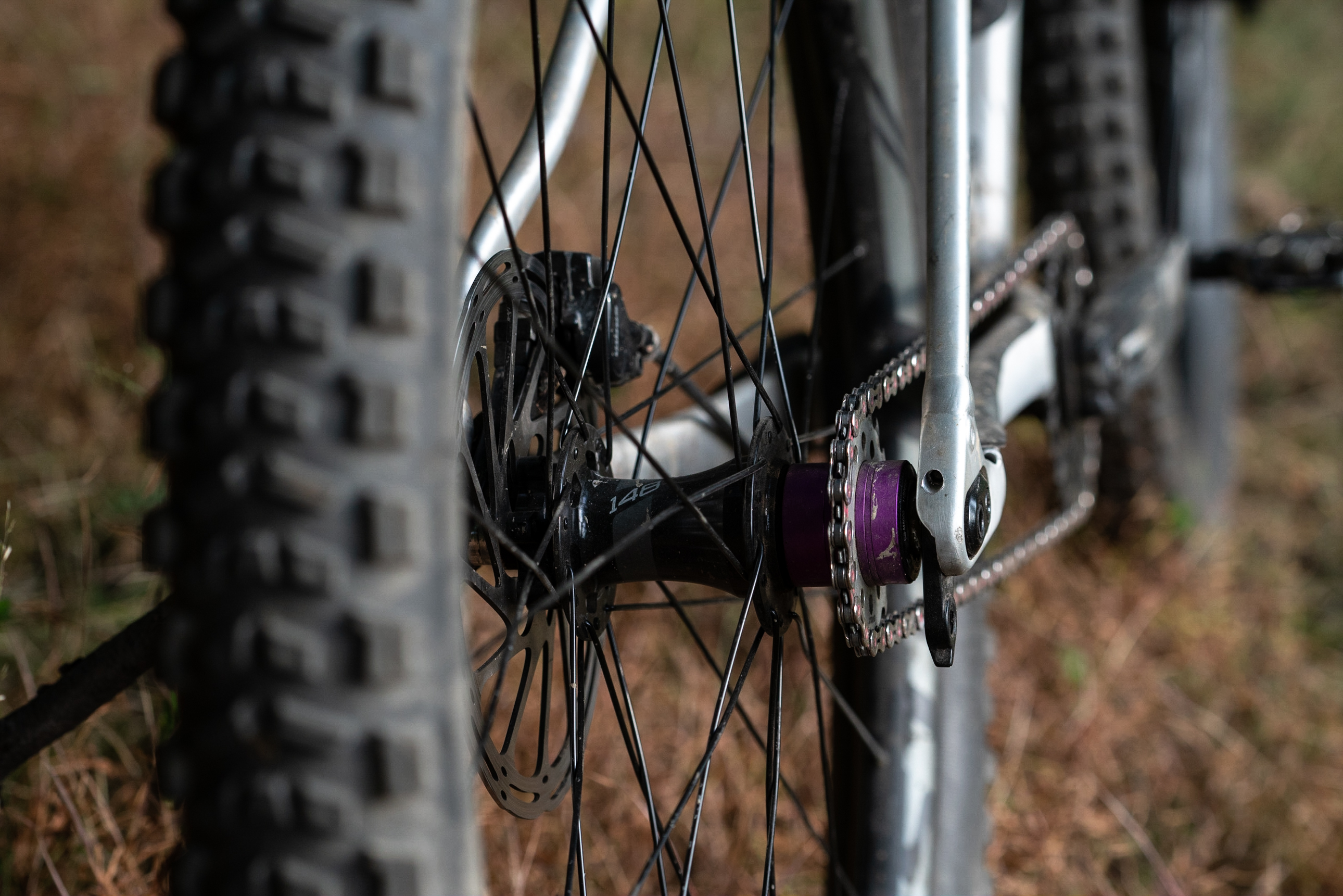
Aside from the Specialized Stout wheelset and house-branded cockpit, SRAM outfits the component build kit with a 12-speed NX Eagle drivetrain. The RockShox 35 Gold RL is a good value trail fork and without a doubt will be able to hold up to the abuse that you can dish out. It’s a little heavy at 2,247 grams, but I never had any issues with the basic Motion Control damper. I would have preferred to see the Fox 34 Rhythm Series fork with GRIP damper as seen on the Stumpjumper ST. For a budget spec’d fork the Fox offers a more supportive feel in a lighter package.
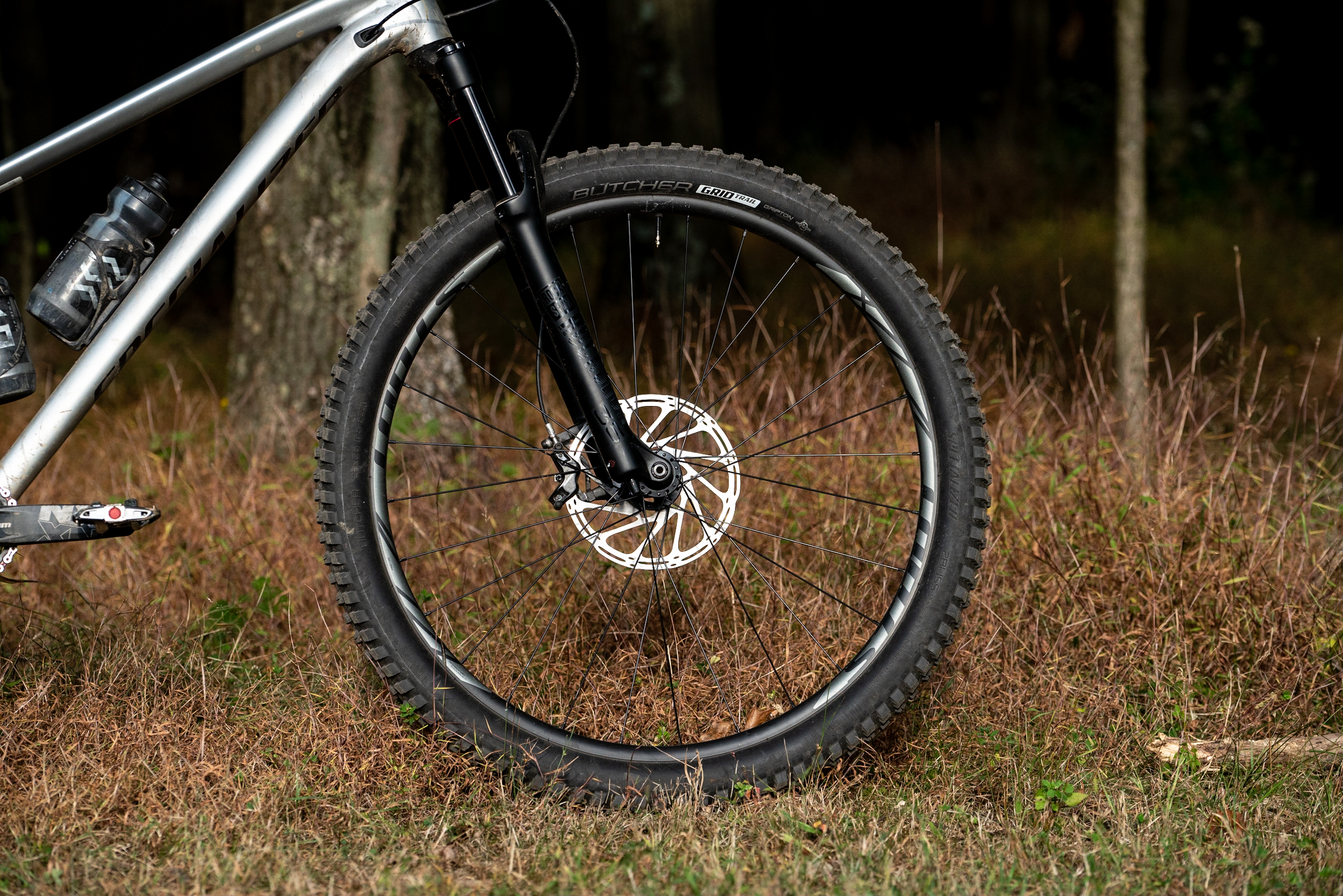
Stopping power is provided by way of SRAM Level brakes. I wouldn’t typically be all that excited by the Level series, but Specialized and SRAM worked together on this Franken-brake. To the front, there is a four-piston caliper paired with a 200-millimeter rotor, and in the rear, a two-piston caliper mated to a 180-millimeter rotor delivers ample stopping power.
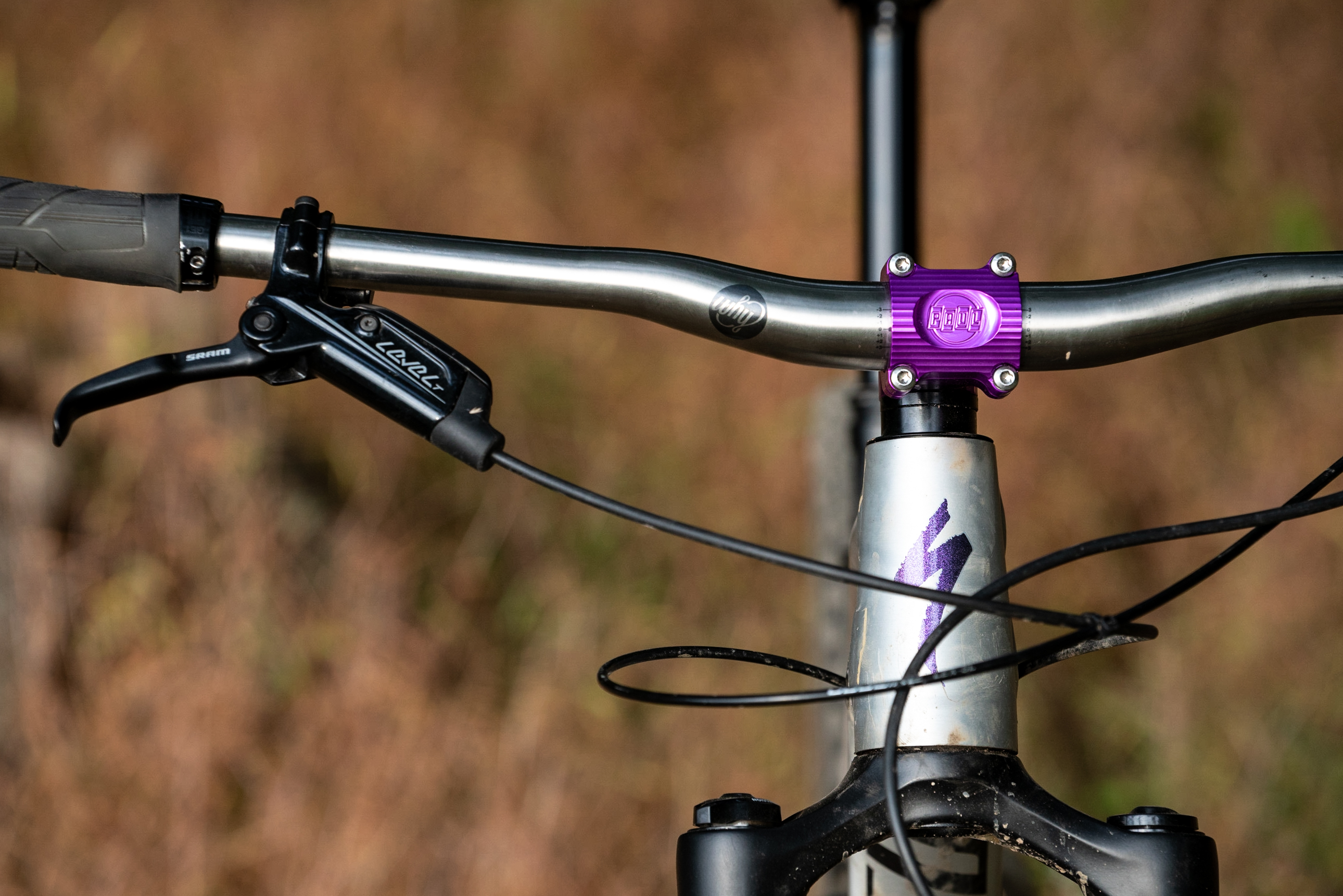
THE RIDE
Initial impressions started on the wrong foot, but that was my own doing by swapping a few components that also needed to be tested. I’ll touch more on that later, but with the Fuse back in its stock form, sans shifty bits, and a handlebar and stem swap, we were looking for a fresh start.
It didn’t take long for those initial impressions to go by the wayside. Whether the trails were fast, slow, chunky or buff, the Specialized Fuse was an absolute pleasure to rip around on. The combination of the premium M4 aluminum frame, 2.6-inch high-volume tires and burly 35-millimeter stanchion trail fork create a supple hardtail that is ready to take on some trail abuse.
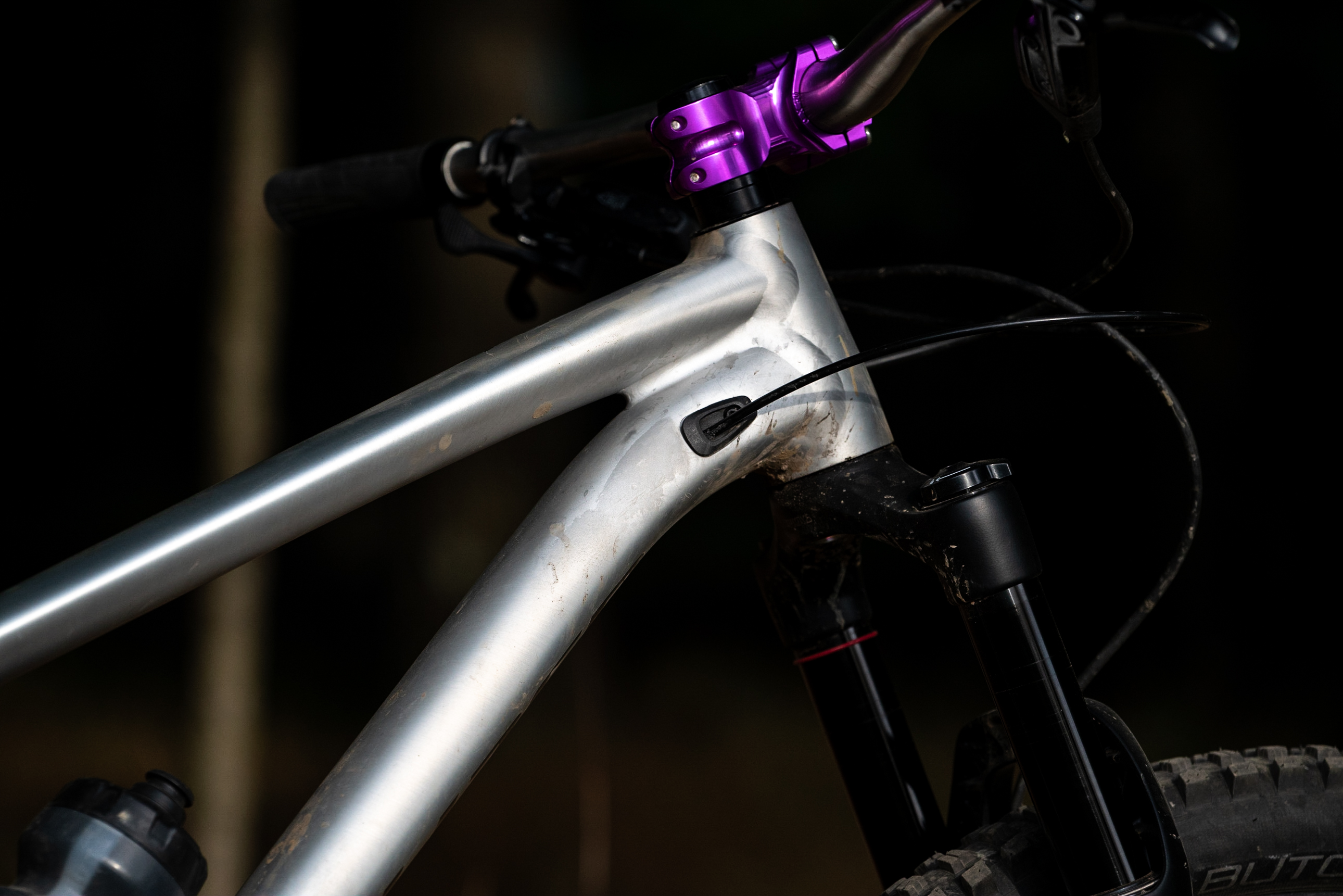
The Fuse sports a wheelbase only 4 millimeters shorter than a comparably sized full-suspension Stumpjumper ST Alloy (which I reviewed, here). I was admittedly surprised how agile this long and slack hardtail was able to weave through the undulating forests. The longer bike requires more body English in tight corners compared to more cross-country-esque hardtails. A little extra gumption in the tight corners is a small price to pay for the added stability.
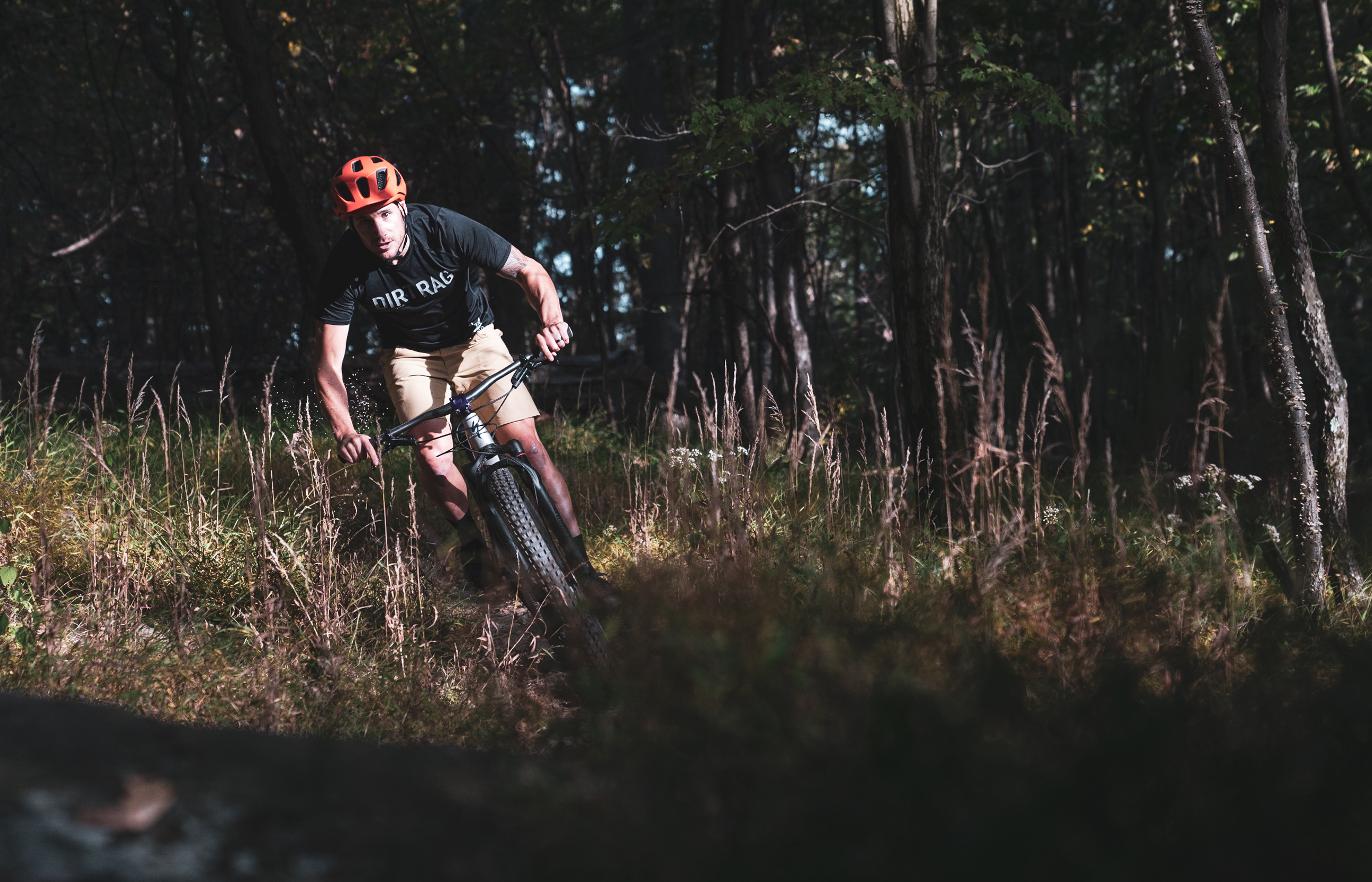
Where the Fuse truly separates itself from most hardtails is on the steeper and burlier terrain. Whether it be steepness in the trail or a feature, the Fuse allowed me to let the bike continue its natural progression forward comfortably. Rowdy bits softened, clustered roots hucked and berms slashed and hashed. Read: Grab your trail lid, crank some Bad Religion, and go ape-shit.
Most would look at that 66.5-degree head angle and assume the front end would wander on the slower and steeper climbs, but that was never the case. Even switching between modern cross-country geometry to the longer and slacker Fuse, the swap was seamless. The 74-degree seat tube put me in a natural seated position within the bike, and I felt comfortable and well-balanced.
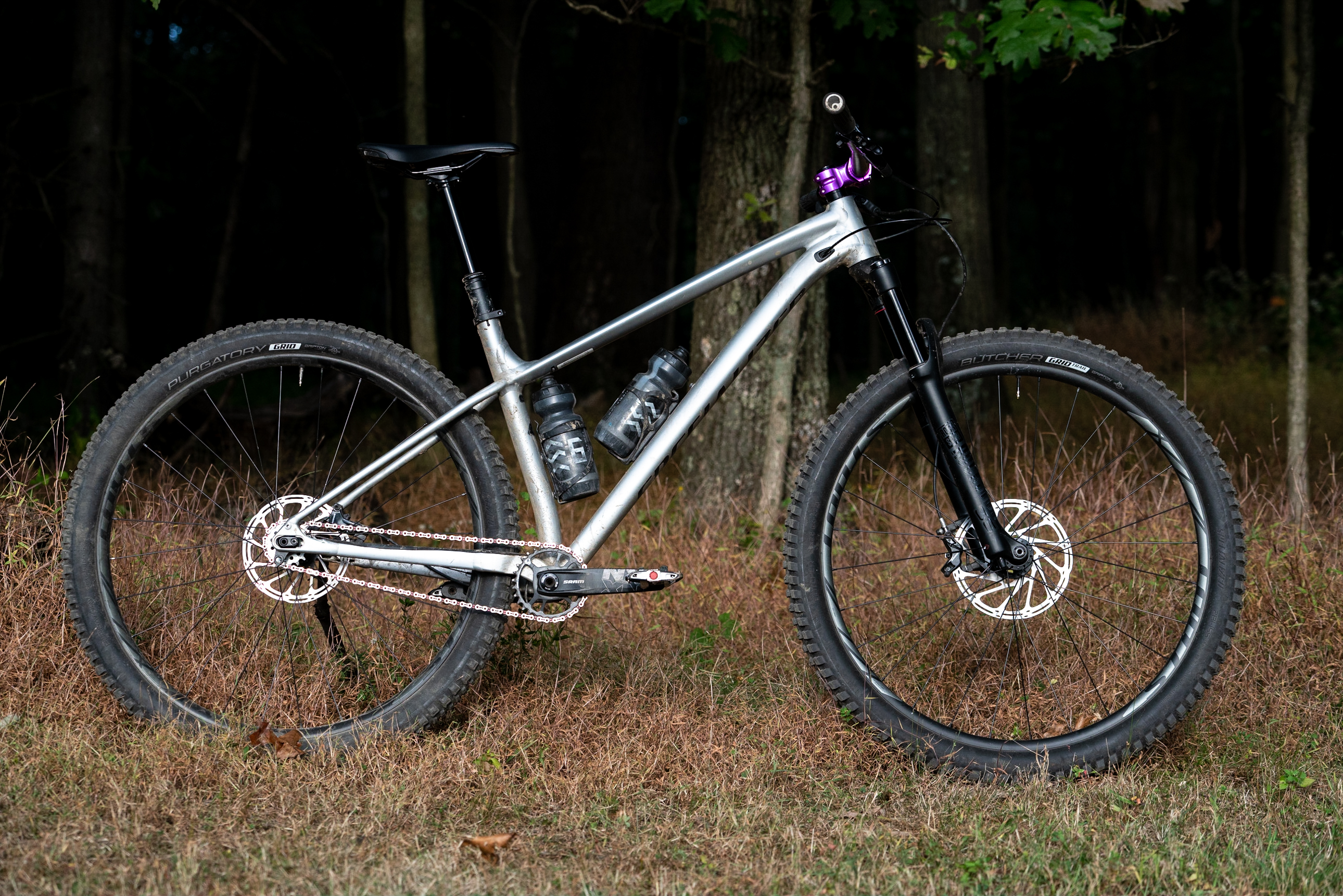
During my initial impression, I installed a 120 mm fork, and 175 mm crank arms that I wanted to test on the bike, and to be honest, they were higher-end components. The first thing I overlooked was that all but the extra-large frames run 170-millimeter crank arms. Second, when I had the bike set up with a 120 mm travel fork and 2.4-inch rear tire, the bottom bracket was noticeable low, and I struggled with pedal strikes. Josh says, “there are a number of people I know riding this bike with a 120 mm fork and have no complaints on bottom bracket height. Indeed the bike was designed for a 130 mm fork so that will be optimal. There are also plenty of folks increasing travel and even swapping to rigid forks.” From my experience, I think it is going to come down to the type of terrain and trails you ride. If you’re in an area where it’s open and flowy, I wouldn’t be concerned one bit. If you ride in an area that has a lot of chunder or rock gardens where you have to ratchet your pedals through the techy bits, I would suggest sticking with at least 130-millimeters of travel. The extra suspension travel is fun to have when barreling down the hill anyways.
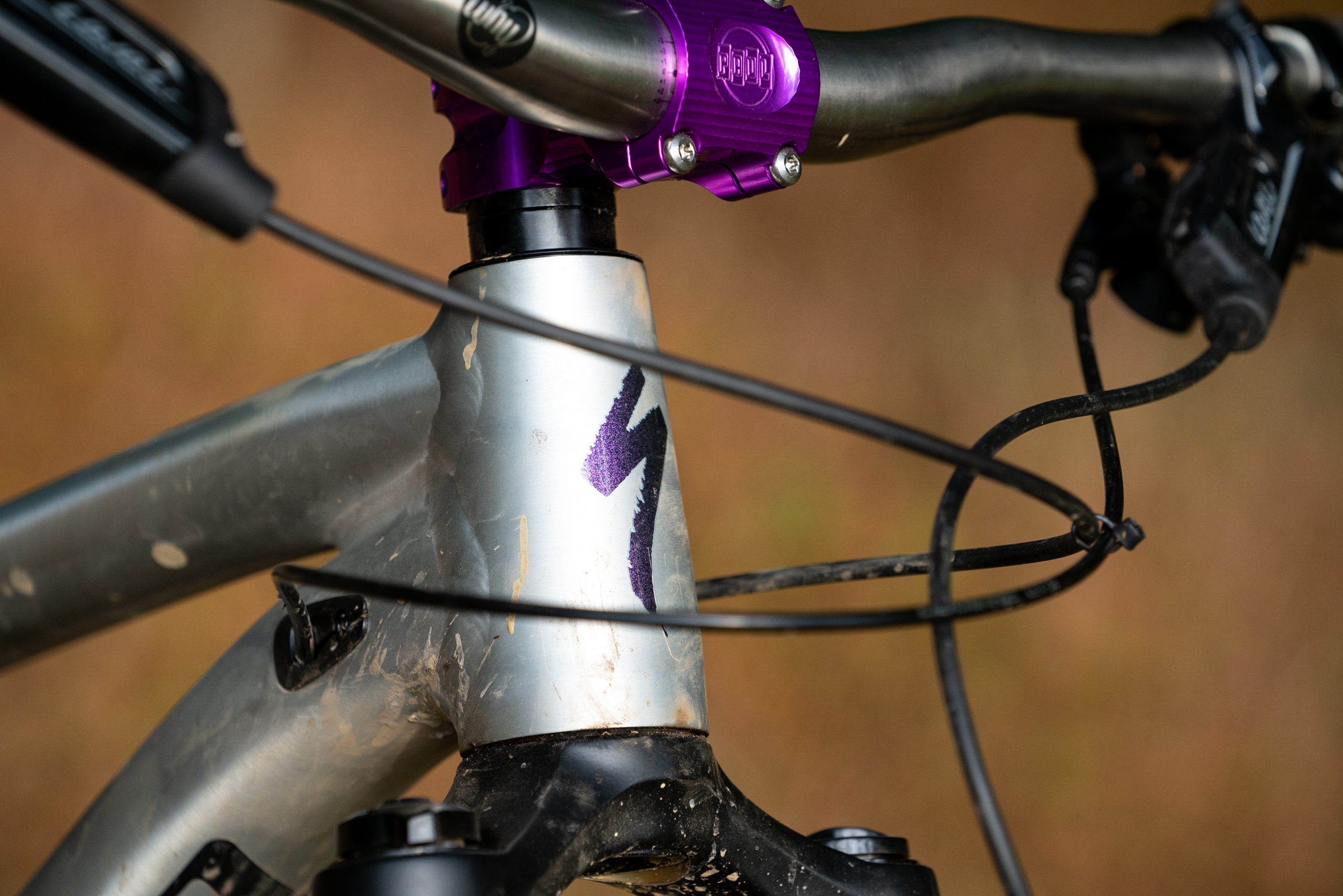
FINAL THOUGHTS
Specialized has typically been on the conservative side with mountain bike geometry, but lately, the company has been on an absolute tear. The Stumpy EVO, Enduro and Fuse are all incredible examples that the big red S is willing to step outside the traditional boxing ring and enter the octagon.
The new Specialized Fuse is a damn near perfect modern hardtail for the masses. Whether you are a beginner looking to get into mountain biking or are a Cat 1 downhill racer looking to mix it up, this bike should be on your “must ride” list.
Specialized Fuse Expert 29
Price: $2,150
Sizes: XS, S, M, L (tested), XL
Online: specialized.com
Tester: Scott Williams
Age: 33
Weight: 165 lbs.
Height: 5′ 11″
Inseam: 32.5″